India customers to view on amazon.in
“Please note that no animals were harmed in the making of this content.”
How to Introduce a New Pet to your current One
Welcoming a new pet into your home can be a thrilling experience, but it requires careful planning to ensure a harmonious household.
- Understanding Pet Psychology During Introductions
- Territorial Behavior in Different Species
- Stress Signals to Watch For
- The Importance of Patience and Timing
- Preparation Before Bringing Home a New Pet
- Creating Separate Living Spaces
- Gathering Essential Supplies for Both Pets
- Adjusting Your Home Layout for Safety
- Setting Realistic Expectations and Timeframes
- How to Introduce a New Pet to your Current One: Step-by-Step Guide
- Initial Scent Exchange Techniques
- First Visual Contact Methods
- Controlled Face-to-Face Meetings
- Monitoring and Adjusting the Process
- Dog-to-Dog Introductions
- Introducing a Puppy to an Adult Dog
- Introducing Two Adult Dogs or Rescue Dogs
- Managing Different Energy and Size Differences
- Handling Potential Aggression and Resource Guarding
- Cat-to-Cat Introductions
- Gradual Territory Sharing Techniques
- Dealing with Hissing and Territorial Displays
- Using Pheromone Products and Calming Aids
- Creating Vertical Space and Multiple Resources
- Introducing Different Species to Each Other
- Dogs and Cats: Safety Protocols and Training
- Introducing Small Pets to Larger Animals
- Creating Safe Zones for Vulnerable Pets
- Signs of Positive Cross-Species Interaction
- Troubleshooting Common Introduction Problems
- When Pets Show Aggression or Fear
- Addressing Regression in Behavior
- When to Consult a Veterinarian or Animal Behaviorist
- Long-term Integration Strategies
- Establishing New Household Routines
- Balanced Attention and Bonding Techniques
- Reinforcing Positive Interactions Through Training
- Conclusion
- FAQ
- How long does it take for dogs to adjust to a new dog?
- How can I introduce a new kitten to my cat?
- What are some signs of stress in pets during introductions?
- How can I manage different energy levels between my pets?
- What are some tips for introducing pets with different sizes?
- How can I reduce pet anxiety during introductions?
- What should I do if my pets show aggression during introductions?
- How can I create a harmonious multi-pet household?
- What are some common mistakes to avoid during pet introductions?
- When should I consult a veterinarian or animal behaviorist for pet introduction issues?
Introducing a new pet to your current one demands patience, understanding of pet psychology, and a well-structured plan.

A successful introduction is crucial for creating a peaceful home environment. By following a step-by-step guide, you can minimize stress and ensure a smooth transition for both pets.
Key Takeaways
- Understand the importance of pet psychology in the introduction process
- Prepare your home before bringing in the new pet
- Follow a gradual introduction process to minimize stress
- Monitor the behavior of both pets during the introduction
- Be patient and allow the pets to adjust at their own pace
Understanding Pet Psychology During Introductions
A successful pet introduction relies heavily on understanding the psychological aspects of your pets’ behavior. When bringing a new pet into your home, it’s essential to consider the psychological impact on both the new and existing pets.
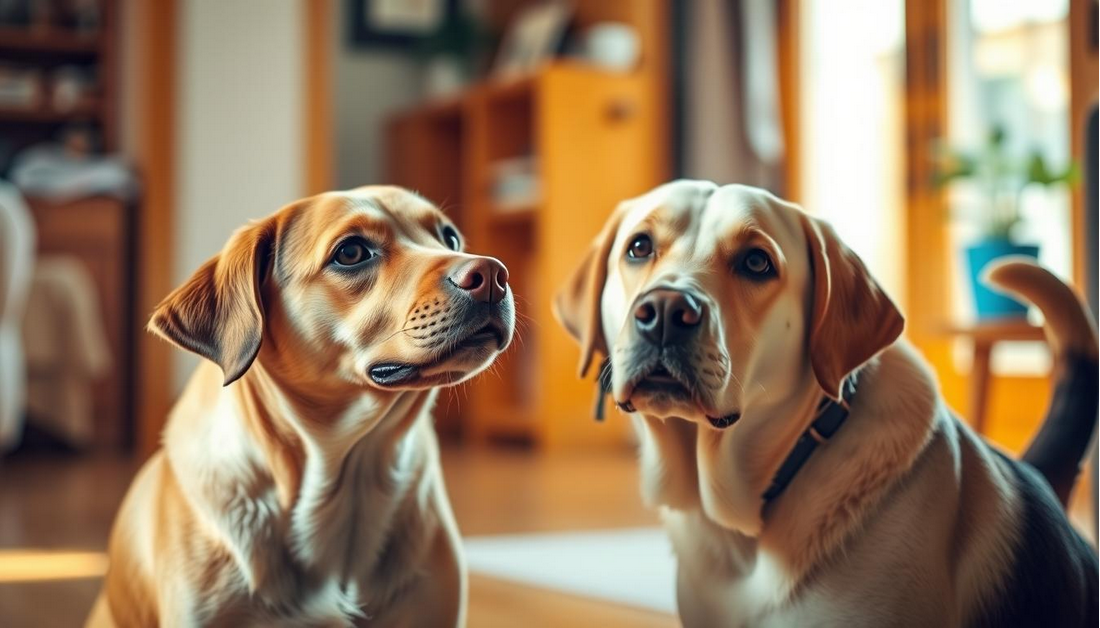
Territorial Behavior in Different Species
Different species exhibit unique territorial behaviors. For instance, dogs are highly territorial and may defend their space aggressively. On the other hand, cats are more subtle but equally protective of their territory. Understanding these behaviors is crucial for a smooth introduction.
Stress Signals to Watch For
During the introduction process, it’s vital to watch for stress signals such as growling, hissing, or hiding. These indicators suggest that the introduction is not proceeding smoothly. By recognizing these signs, you can intervene early to prevent conflicts and ensure a more peaceful coexistence.
The Importance of Patience and Timing
Patience and timing are critical components of a successful pet introduction. Rushing the introduction process can lead to conflicts and make the integration more challenging. By taking the time to introduce pets gradually, you can reduce stress and create a more harmonious household.
Some key strategies for successful introductions include:
- Gradual introduction techniques
- Monitoring behavior and body language
- Providing separate spaces for each pet
- Rewarding calm behavior
By understanding pet psychology and applying these strategies, you can create a more peaceful and welcoming environment for both new and existing pets.
Preparation Before Bringing Home a New Pet
The key to a successful pet introduction lies in the preparation that happens before the new pet arrives. Ensuring your home is ready for a new addition can make a significant difference in the transition process.
Creating Separate Living Spaces
It’s essential to create separate living areas for your current and new pets. This allows them to have their own spaces where they can retreat if needed, reducing stress and potential conflict. Separate living spaces help in maintaining a peaceful environment, giving each pet a sense of security and comfort.
Gathering Essential Supplies for Both Pets
Gathering all the necessary supplies for both your current and new pets is crucial. This includes food and water bowls, toys, bedding, and grooming tools. Having these essentials ready ensures that both pets’ needs are met, making the transition smoother. Preparing your pet supplies in advance helps in minimizing last-minute stress.
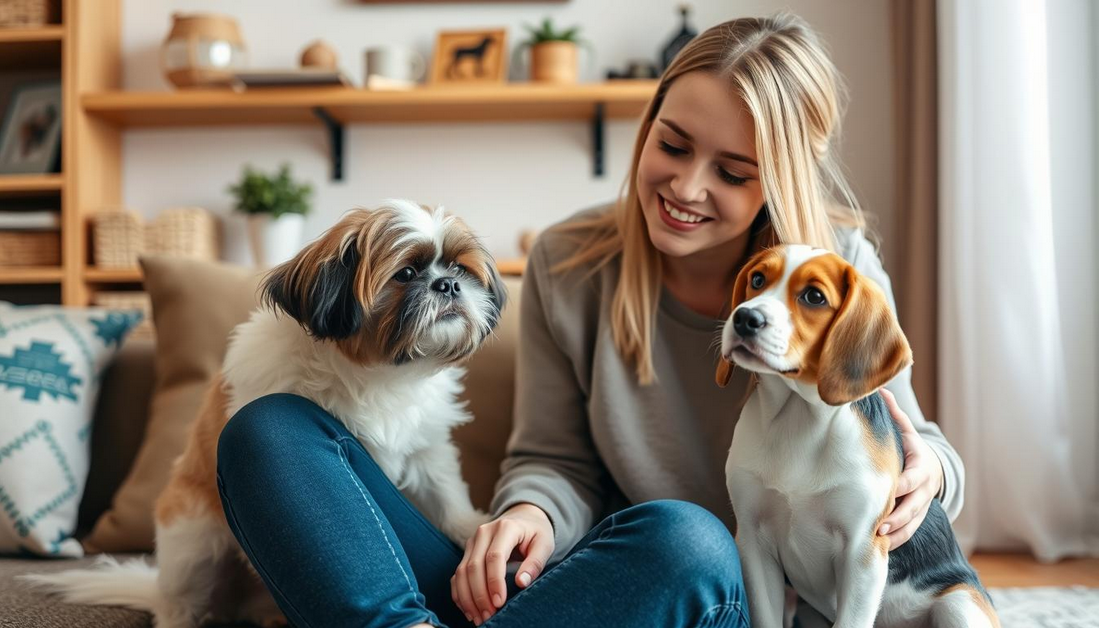
Adjusting Your Home Layout for Safety
Adjusting your home layout to ensure safety is vital when introducing a new pet. This might involve pet-proofing certain areas, securing toxic substances, and setting up barriers to restrict access to certain rooms. Pet-proofing your home helps prevent accidents and ensures a safe environment for both pets.
Setting Realistic Expectations and Timeframes
Setting realistic expectations and understanding that integration takes time is crucial. It’s essential to be patient and allow both pets to adjust at their own pace. Having realistic expectations helps manage stress and ensures a smoother transition for both pets and their owners.
By following these preparation steps, you can create a harmonious and safe environment for your pets, making the introduction process much easier.
How to Introduce a New Pet to your Current One: Step-by-Step Guide
The key to a successful pet introduction lies in a gradual and controlled approach, ensuring a smooth transition for both pets.
Initial Scent Exchange Techniques
Begin by exchanging the scents of the pets using bedding, toys, or pheromone diffusers. This scent exchange helps your pets become familiar with each other’s presence without the stress of a face-to-face encounter. You can also rub a towel on one pet and then present it to the other, allowing them to sniff and become accustomed to the new scent.
First Visual Contact Methods
Once the pets are comfortable with each other’s scents, it’s time for visual contact. Start by keeping them separated, using a door or gate to allow them to see each other without direct interaction. This step helps them become familiar with each other’s appearance, reducing the likelihood of aggression during their first meeting.
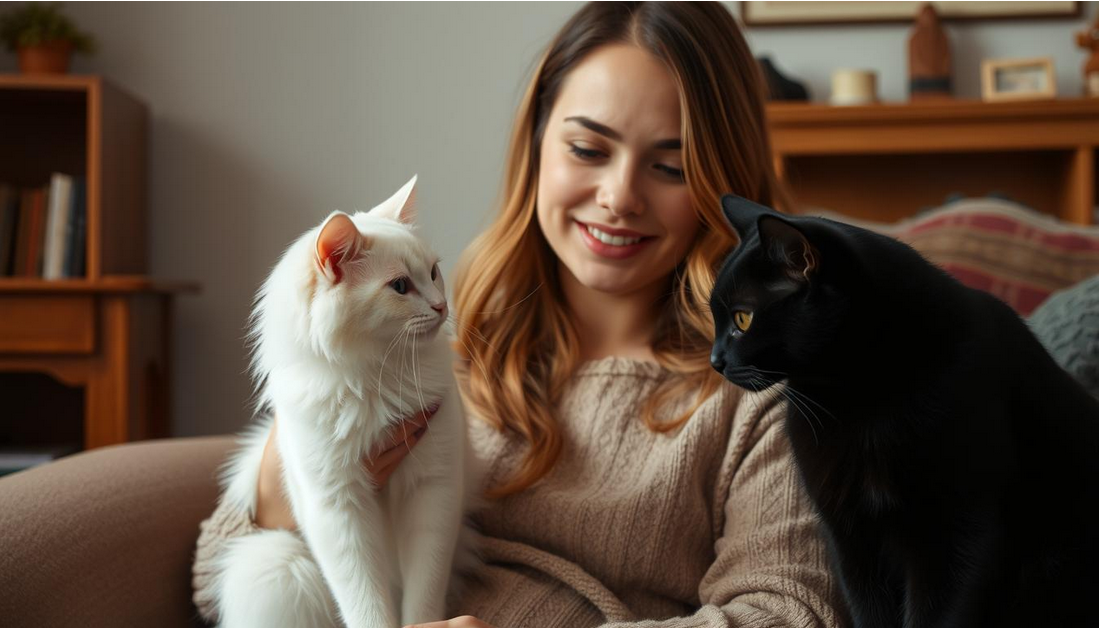
Controlled Face-to-Face Meetings
When both pets seem comfortable with each other’s presence, it’s time for a controlled face-to-face meeting. Choose a neutral area where neither pet feels territorial, and keep the initial meeting brief. Monitor their behavior closely, and if you notice any signs of aggression or fear, intervene promptly and separate them.
Monitoring and Adjusting the Process
Throughout the introduction process, it’s crucial to monitor the behavior of both pets and adjust your approach as needed. If you notice any signs of stress or aggression, slow down the introduction process or seek professional help if necessary. Rewarding calm behavior with treats and praise can also help reinforce positive interactions.
By following these steps and being patient, you can ensure a successful introduction and a harmonious household for your pets.
Dog-to-Dog Introductions
Introducing a new dog to your household can be a challenging task, requiring patience and careful planning. Ensuring a smooth transition involves understanding canine behavior and following a structured introduction process.
As Dr. Ian Dunbar, a renowned veterinarian and animal behaviorist, once said, “The key to successful dog introductions lies in gradual, controlled interactions.” This approach helps prevent initial conflicts and sets the stage for a harmonious relationship between the dogs.
Introducing a Puppy to an Adult Dog
When introducing a puppy to an adult dog, it’s crucial to monitor the adult dog’s behavior closely. Puppies can be energetic and intrusive, which may irritate an older dog. Ensuring the adult dog has a safe space to retreat to is vital.
Start by keeping the dogs separated and allowing them to become familiar with each other’s scents and sounds before a face-to-face meeting.
Introducing Two Adult Dogs or Rescue Dogs
Introducing two adult dogs, especially if one is a rescue, requires a cautious approach. It’s essential to watch for signs of aggression or fear, such as growling or avoidance behaviors.
Neutral locations are ideal for the first meeting, as they reduce territorial behavior. Keep the initial interactions brief and supervised.
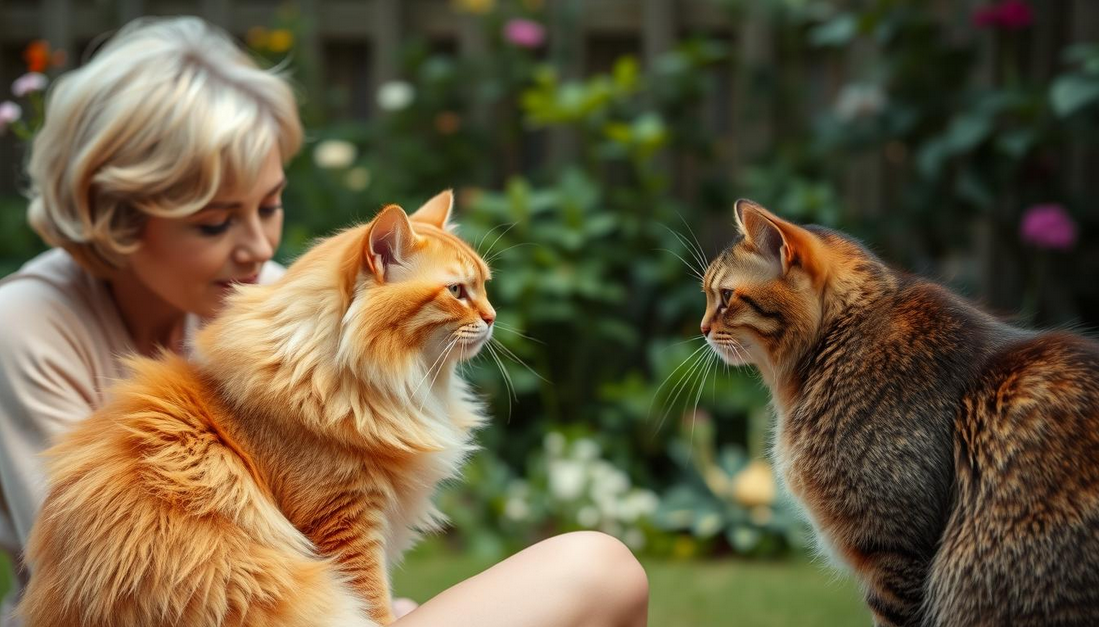
Managing Different Energy and Size Differences
Dogs with different energy levels or sizes need careful management to prevent overwhelming or injuring the other dog. For example, a high-energy puppy may need more exercise and stimulation to prevent it from annoying a less energetic older dog.
Handling Potential Aggression and Resource Guarding
Aggression and resource guarding are potential issues during dog introductions. Training both dogs to respond to basic commands and ensuring resources like food and toys are not contested can mitigate these risks.
“Resource guarding is a natural behavior, but it can be managed with proper training and desensitization techniques.” Positive reinforcement training is key to preventing these issues.
Cat-to-Cat Introductions
A successful cat-to-cat introduction is crucial for maintaining harmony in your household, and it requires patience and a well-planned strategy. Introducing cats to each other involves gradual territory sharing, starting with scent exchange and visual introductions.
Gradual Territory Sharing Techniques
To introduce cats gradually, start by swapping their bedding, toys, or clothing to exchange their scents. This scent exchange helps them become familiar with each other’s presence without the stress of a face-to-face encounter. Once they seem comfortable with each other’s scents, you can proceed to visual introductions through a door or gate, allowing them to see each other without direct contact.
Dealing with Hissing and Territorial Displays
It’s common for cats to hiss or display territorial behavior when introduced to a new cat. If this happens, remain calm and give them space. Separating them temporarily can help reduce stress. Gradually increase their interaction time under close supervision.
Using Pheromone Products and Calming Aids
Pheromone products, such as Feliway, mimic natural feline pheromones that calm cats. Using these products during introductions can significantly reduce stress and anxiety. Additionally, calming aids like treats or supplements can be beneficial, but always consult with a veterinarian before introducing any new supplements.
Creating Vertical Space and Multiple Resources
Providing multiple resources such as food and water stations, litter boxes, and vertical space for climbing and hiding can reduce competition and stress between cats. Ensure that each cat has its own resources to minimize territorial disputes.

| Introduction Technique | Description | Benefits |
|---|---|---|
| Scent Exchange | Swap bedding, toys, or clothing between cats. | Reduces stress by familiarizing cats with each other’s scents. |
| Visual Introduction | Allow cats to see each other through a door or gate. | Prepares cats for face-to-face interaction. |
| Pheromone Products | Use products like Feliway to mimic calming pheromones. | Reduces anxiety and stress during introductions. |
Introducing Different Species to Each Other
Introducing pets of different species requires patience, careful planning, and a thorough understanding of their body language and behavioral cues. This complex process involves more than just bringing the animals together; it demands a strategic approach to ensure a harmonious household.
Safety first is a mantra that should guide the introduction process. Whether you’re introducing dogs and cats or small pets to larger animals, understanding the safety protocols for different species is crucial.
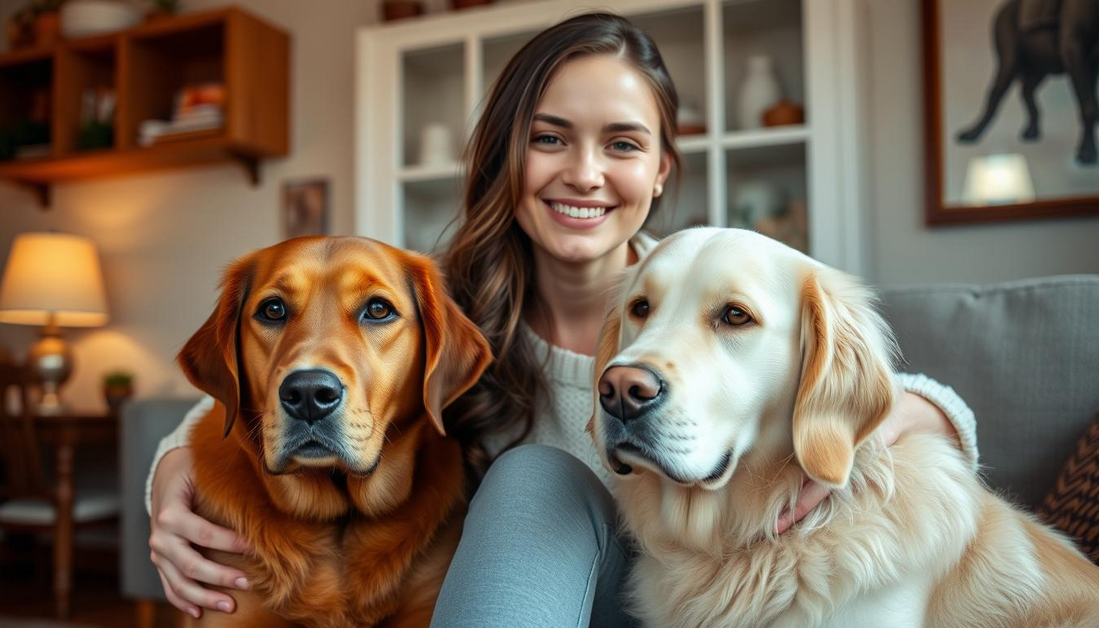
Dogs and Cats: Safety Protocols and Training
When introducing dogs and cats, it’s vital to start with a gradual process. Begin by keeping them separated and allowing them to become familiar with each other’s scents and sounds. Once they seem comfortable, it’s time for a supervised meeting. Ensure your cat has a safe space to retreat to if needed.
Introducing Small Pets to Larger Animals
Introducing small pets, such as hamsters or rabbits, to larger animals like dogs or cats requires careful consideration. Ensure the larger animal is not a threat and that the small pet has a secure enclosure. Monitor their interactions closely to prevent any harm.
Creating Safe Zones for Vulnerable Pets
Creating safe zones for vulnerable pets is essential when introducing different species. These areas should be inaccessible to other pets in the household, providing a secure space for your vulnerable pet to eat, sleep, and relax without stress.
Signs of Positive Cross-Species Interaction
Recognizing signs of positive cross-species interaction is key to understanding whether your introduction has been successful. Look for playful behavior, relaxed body language, and even grooming between the pets as indicators of a harmonious relationship.
Troubleshooting Common Introduction Problems
Even with preparation, introducing pets can result in unexpected challenges. When issues arise, it’s crucial to address them promptly to ensure a harmonious household.
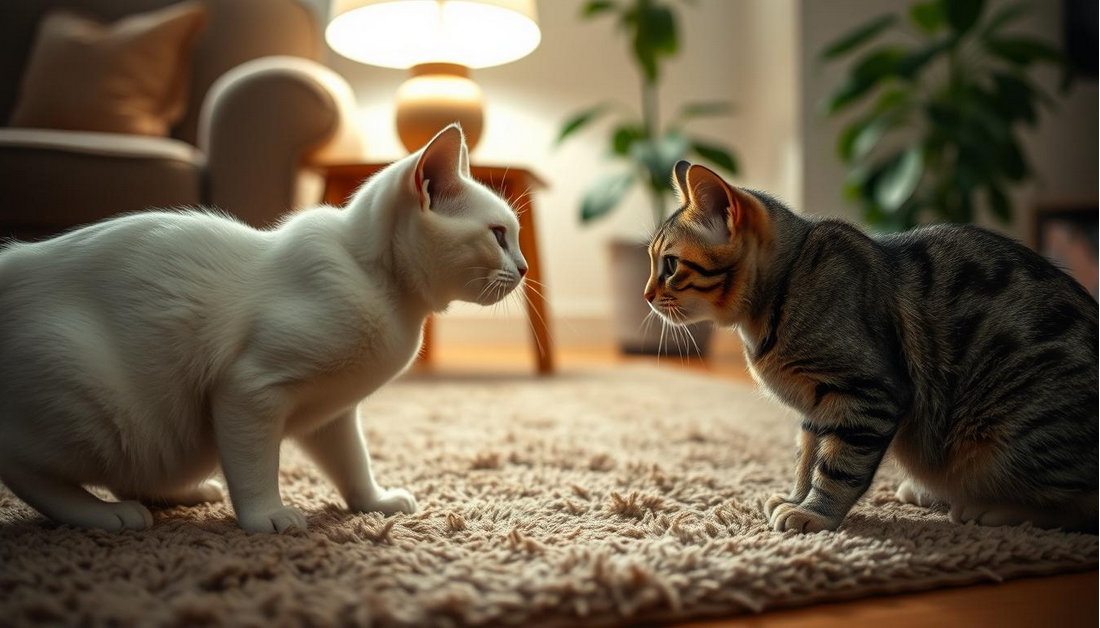
When Pets Show Aggression or Fear
If your pets display aggression or fear during introductions, it’s essential to intervene safely. Separate the pets immediately and restart the introduction process from the beginning. In some cases, gradual scent exchange and visual introductions may need to be reinstated to help your pets feel more comfortable with each other.
Addressing Regression in Behavior
Regression in pet behavior can occur due to various factors, including changes in the environment or health issues. If you notice a regression, identify the cause and adjust the introduction process accordingly. For instance, if a pet is showing signs of pet fear, you may need to slow down the introduction pace or provide additional support.
When to Consult a Veterinarian or Animal Behaviorist
If your pets continue to show signs of pet aggression or fear despite your best efforts, it may be time to consult a veterinarian or animal behaviorist. These professionals can provide tailored advice and help you address underlying issues that may be contributing to the problem. They can also offer guidance on how to create a more harmonious household for your pets.
By being prepared to troubleshoot common introduction problems, you can help ensure a smoother transition for your pets and create a more peaceful home environment.
Long-term Integration Strategies
After the initial introduction, the real work of creating a cohesive multi-pet household begins. Long-term integration involves more than just coexisting; it’s about creating a harmonious home where all pets feel loved, secure, and valued.
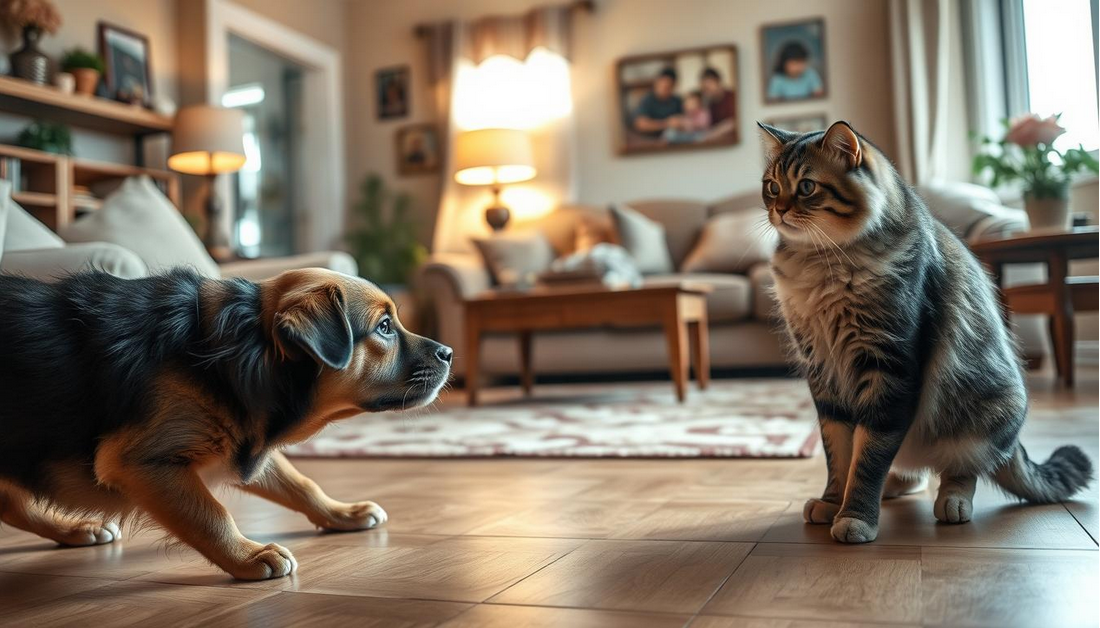
Establishing New Household Routines
Establishing new household routines is crucial for a smooth transition. This includes setting regular times for feeding, exercise, and play. Consistency helps pets understand what to expect and reduces stress. For example, a consistent morning routine that includes both pets can help them feel more connected and secure.
Balanced Attention and Bonding Techniques
Balanced attention is vital to prevent jealousy and ensure that each pet feels loved. Spend quality time with each pet individually and together, engaging in activities that they enjoy. This balanced attention fosters a positive bond between pets and strengthens their relationship with you.
Reinforcing Positive Interactions Through Training
Training plays a significant role in reinforcing positive interactions among pets. Using positive reinforcement training methods, you can encourage good behavior and discourage conflicts. Rewarding calm behavior around each other can significantly enhance their compatibility.
By implementing these long-term integration strategies, you can create a peaceful and loving multi-pet household. Remember, patience and consistency are key to achieving a harmonious home where all pets thrive.
Conclusion
Successfully introducing a new pet to your current one is a significant step towards creating a harmonious pet household. By understanding pet psychology, preparing your home, and following a step-by-step introduction guide, you can ensure a smooth transition for all pets involved.
Pet harmony techniques, such as gradual scent exchange, controlled face-to-face meetings, and positive reinforcement training, play a crucial role in establishing a peaceful coexistence among pets. Remember, every pet is unique, and patience is key to achieving a harmonious home.
By implementing long-term integration strategies, such as establishing new household routines and balanced attention techniques, you can foster a loving environment where all pets feel comfortable and valued. With the right approach and techniques, you can enjoy a harmonious pet household, strengthening the bond between you and your pets.







